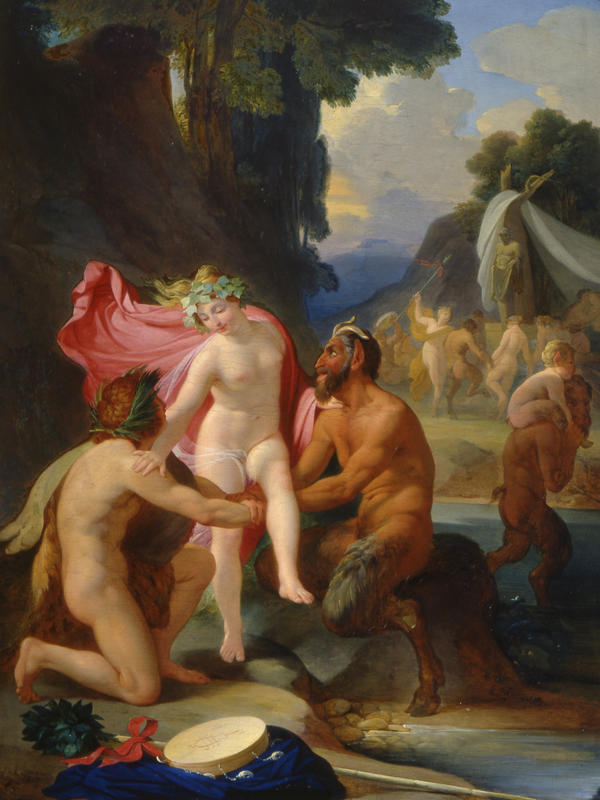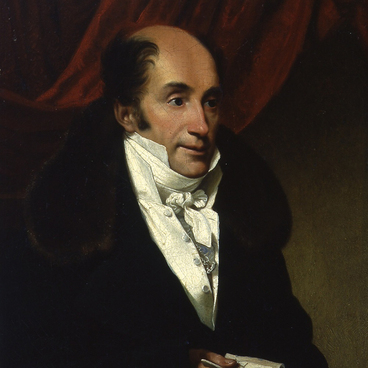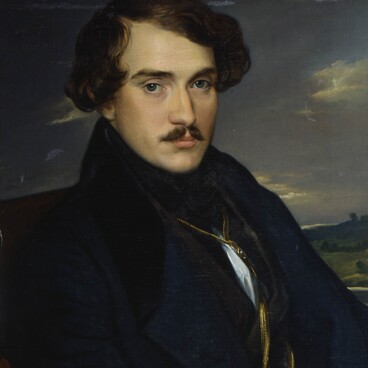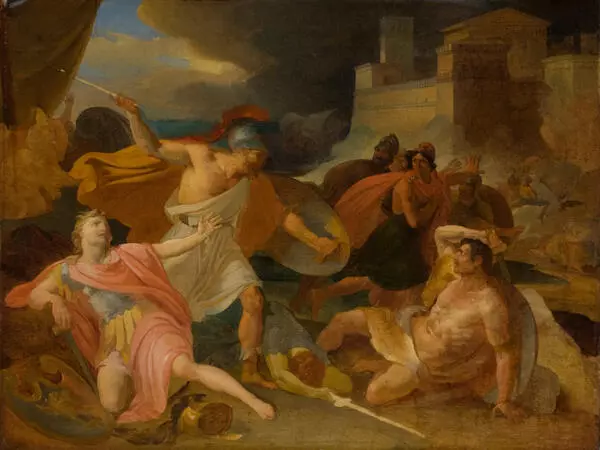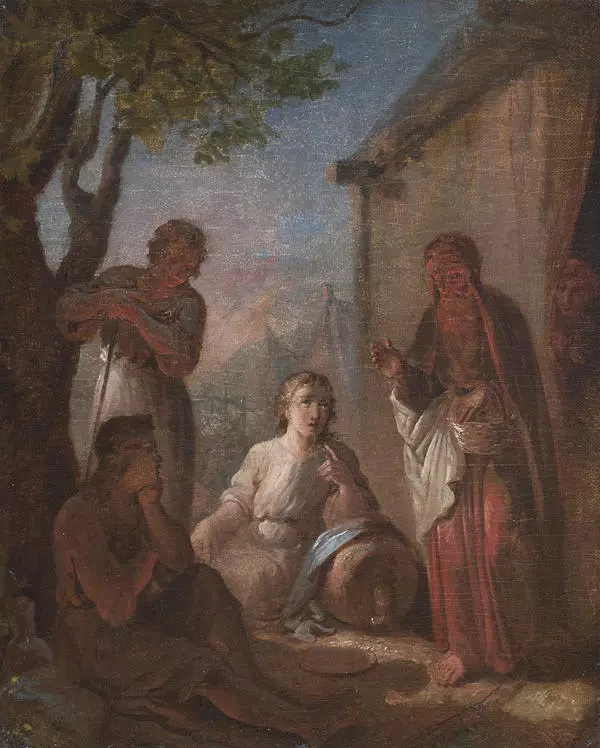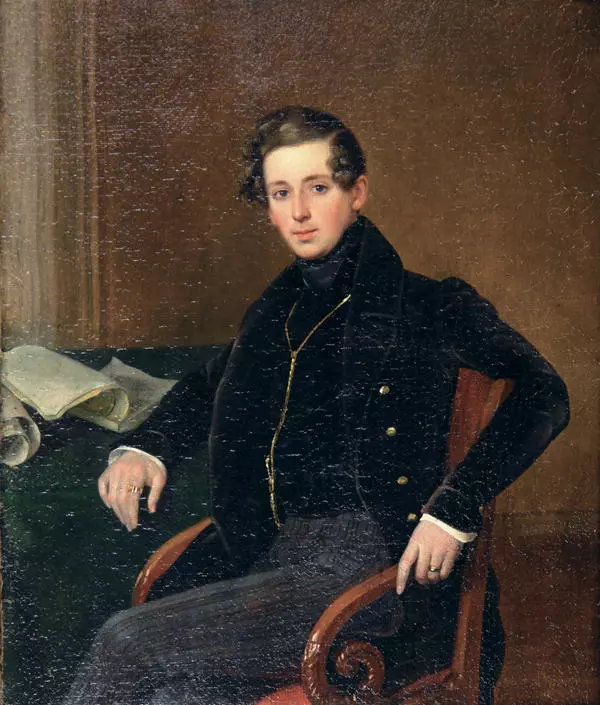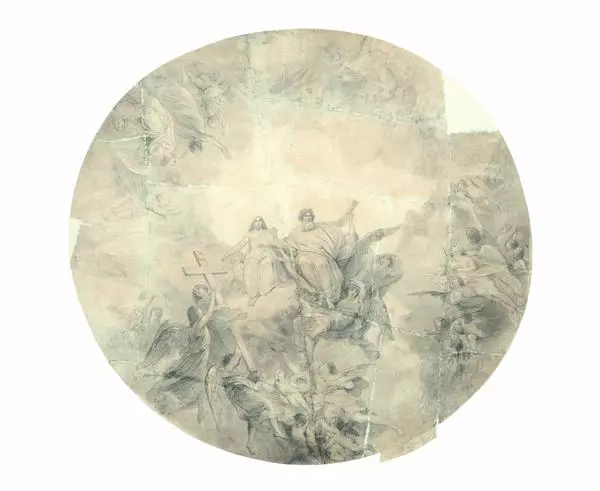Pyotr Basin was born in 1793 in St. Petersburg. His father served in the Department of the State Treasury and from childhood prepared Pyotr for the civil service: as a child, Pyotr Basin worked as a copyist in the state revenue expedition. However, at the age of 18, he began to attend drawing classes of the Academy of Arts as a volunteer, and soon became its student. Basin graduated from the Academy with a big gold medal, when he was 26 years old, went to Italy on a retirement trip — that is, for a paid internship.
Abroad, the artist spent 11 years. Researchers believe that this was the best period in Basin’s creative activities.
During a retirement trip, he liked many domestic artists, began to turn to topics that made it possible to fill the gap in professional training. In particular, Basin began to create paintings on mythological and biblical subjects, which were characterized by nudity. They did not write nude models at the Academy of Arts, despite the fact that students studied anatomy, and it was in Italy that Basin had the opportunity to work in a new genre for herself.
The canvas Bacchanalia Pyotr Basin created in Rome by order of Prince Grigory Gagarin. The painting was painted in accordance with the academic principles of the 19th century.
Academicism was characterized by following the forms of classical and antique art. Therefore, the plots of ancient Greek and Roman mythology and history for several decades of the 19th century served as the main theme of paintings.
In the foreground of Bacchanalia painting, there are Bacchus, Bacchanal and Satyr. In ancient Roman mythology, Bacchus was called the youngest Olympian and inventor of wine. Bacchus was the patron of the theater, the god of inspiration and religious ecstasy, the personification of madness and recklessness. In ancient Rome, Bacchanalia, mystical festivities, was held to the glory of this god. At the beginning of the 2nd century BC, the cult of Bacchus began to bear an increasingly insane character.
Evidence of atrocities and murders committed by worshipers was preserved. Therefore, in 186 BC, the Senate forbade bacchanalia under penalty of execution.
In the picture, Basin combined the three figures of the central group with light moving partial shadows. The artist used a technique popular in 19th-century painting: with the swarthy bodies of Bacchus and Satyr, he emphasized the whiteness of the skin of the Bacchante, creating the illusion of its light glow. The nudes contrast effectively with the dark green of the forest and the pink cloak of the girl.
Basin used open and pure colors. Researcher Elena Petinova attributes Bacchanalia to the artist’s most colorful works and at the same time notes the harmony of the color of this painting.

